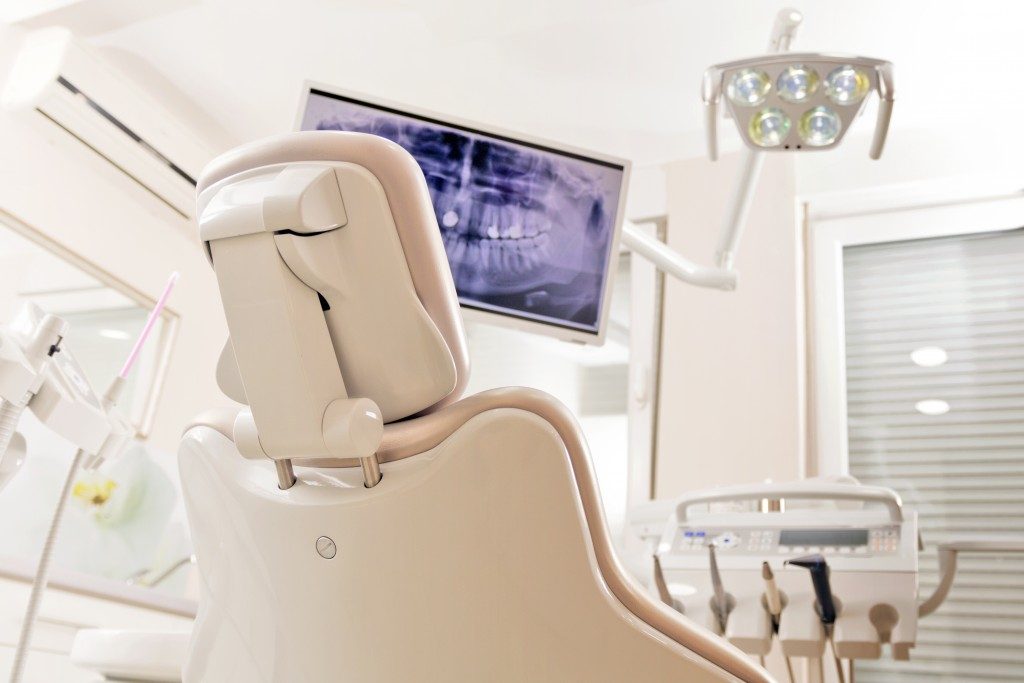When acquiring a disposable sigmoidoscope and other medical equipment, it is essential that you source your devices from a reputable manufacturer. The medical devices regulatory bodies state that the manufacturers must meet certain requirements.
Not only does complying with the requirements allow for the manufacturing of quality equipment, but it is also essential for the safety of public health. For effectiveness and safety of medical devices, the manufacturers take into account many factors.
Keeping in mind that the equipment cannot be one-size-fits-all, there must be risk management and safety measures in the manufacturing process. The critical components include the following:
Digital Health
Technology is an essential factor in the delivery of healthcare in the modern world. As a result, manufacturers attempt to create devices that will merge and coordinate with existing information systems. That way it is easy to integrate operations in healthcare delivery.
With that capability, security of the patient’s information becomes a concern. There are guidelines that aid manufacturers in building robust medical devices that conform to the right standards.
Risk Management
Manufacturers ought to comply with ISO 14971 when creating medical devices. The standard dictated the building, documentation, and maintenance of risk management.
The standards cut across different states around the world. Manufacturers should ensure that they meet the risk management requirements in all the stages of a product’s life cycle.

Human Factors
It is essential that any device when in use has low risks for human error. Also, the device should exhibit minimal error after integration with other clinical equipment.
Considering the human factors in creating the device ensures that the manufacturer meets aesthetic requirements as well. Also, user and patient safety considerations are in place besides meeting the device’s desired performance.
Design
The design that the device will take depends on the user and patient research. The consequent steps include evaluating and testing sample designs. The manufacturer ought to conform to the regulatory requirements and safety when creating the design of the equipment.
Post-Market Obligations
The regulatory process of device use and performance goes beyond the design and manufacturing of the device. Once the device is in the market, regulatory authorities expect manufacturers to meet the post-market requirements.
The requirements include close monitoring of the use and safety requirements. The post-market expectations make the manufacturers be proactive in their manufacturing processes.
Clinical Research
Regulation authorities require manufacturers to have strong clinical claims behind the safety and use of medical devices. That creates the need for adequate clinical research before the design and manufacturing of any medical device.
Manufacturers thus seek external help from clinical research organisations. The organisations assist in addressing the clinical requirements that the authorities require from the manufacturer.
Obliging to the clinical requirements in manufacturing medical devices helps manufacturers gain and retain market accessibility.
The above are the essential components that a manufacturer should abide by for the production of safety equipment. Therefore, when looking for a supplier for medical equipment, only seek the devices from a reputable medical equipment supplier. That way you will be assured of the safety of the equipment.

